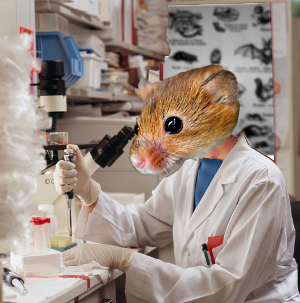Basic change re-writes genetic treatments
 An astounding achievement in DNA medicine has been made - one which many believed would never be possible.
An astounding achievement in DNA medicine has been made - one which many believed would never be possible.
Geneticists led by MIT researchers have managed to edit the genes of living adult mice to reverse a rare liver disorder.
Adding new DNA or inserting foreign code into a stem cell is pretty commonplace, in research labs at least, but the successful editing of genes in a living organism is a truly ground-breaking advance.
A report on the study with incredible implications has been published in the journal Nature Biotechnology.
The gene-editing technique uses the natural abilities of certain bacteria, re-configured to cut and replace genetic sequences with new ones.
Specifically, it uses clustered regularly interspaced short palindromic repeats (CRISPRs), a characteristic of DNA in viruses. Certain bacteria use a special defence allowing them to target and snip viral DNA in the CRISPR-associated (Cas) genes.
The CRISPR-Cas system has been exploited by the team from MIT, using the bacteria to remove a specific mutation and swap it out for a predetermined replacement.
Using this approach, they were able to eliminate the effects of Tyrosinemia in mice.
Tyrosinemia is a sometimes fatal genetic disorder that changes the liver’s ability to break down the amino acid tyrosine. The condition is formed by a single mutated base pair in the gene for encoding the enzyme fumarylacetoacetate hydrolase (Fah).
In the recent study, specially programmed cells were injected into mice with tyrosinemia.
Though the new cells only accounted for about 1 in 250 of the hepatic cells, they eventually corrected the Fah mutation, functionally eliminating the type I tyrosinemia.
The fact that such a profound reversal is possible in a living adult animal is hugely encouraging.
The team behind the project say they are moving on to try and treat a serious illness with no current cure, but have not said just what it will be.
Researchers say the same technique can one day be applied to eliminate the risk from genetic predisposition to diseases like Alzheimer’s, Huntington’s, and even some types of cancer.








 Print
Print